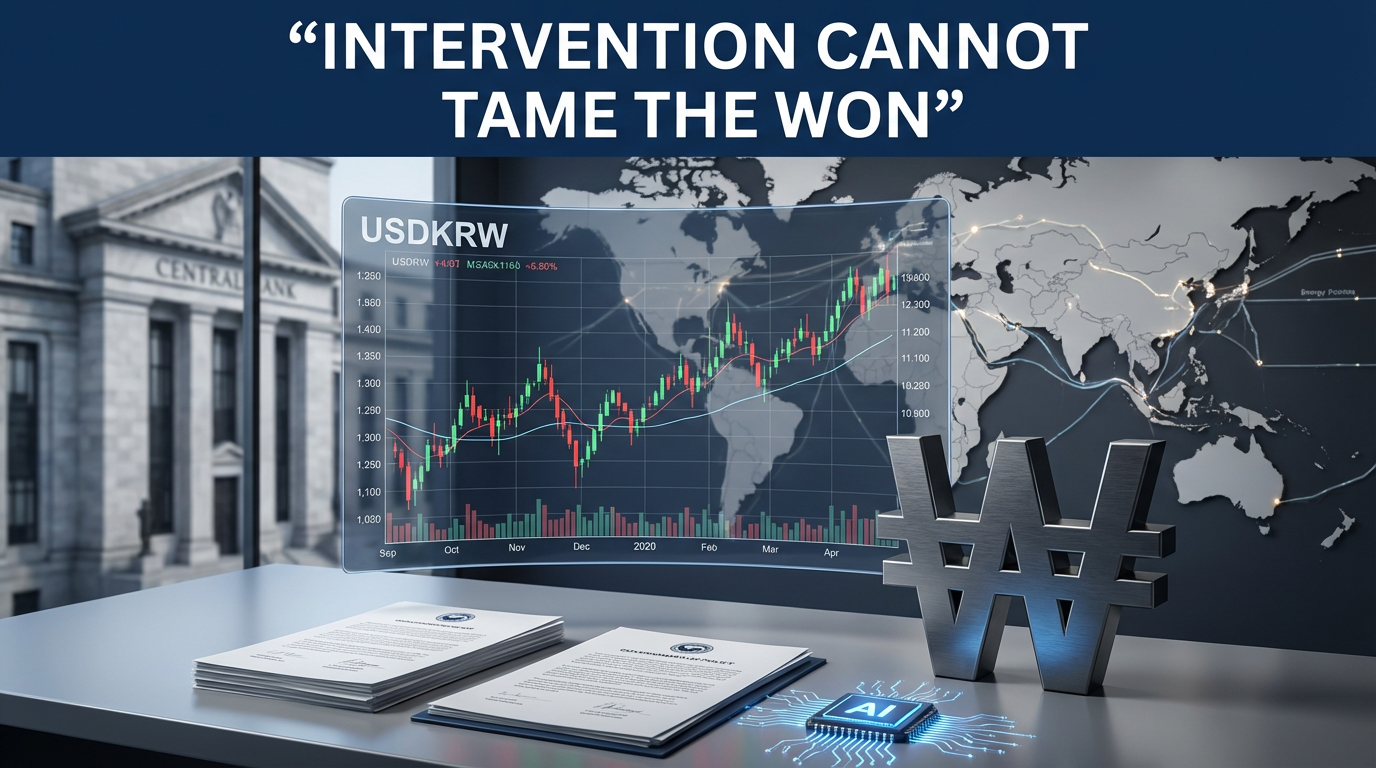● Drill, Baby, Drill!
Changes in the Energy Market and Investment Strategies: Coexistence of Fossil Fuels and Low-Carbon Solutions
1. Current Status of the Energy Market and Oil Price Fluctuations
You can immediately understand how the energy market is moving within the global economic situation.
Currently, oil prices are maintaining in the $70 range, but it is judged that volatility is high in terms of supply and demand.
It is mentioned that prices may fall to the $60 range due to steadily increasing production in the United States and decisions by OPEC production cuts and Middle Eastern oil-producing countries.
In addition, there are forecasts that oil prices could plummet due to many variables such as the aftermath of the Russia-Ukraine conflict and the lifting of sanctions.
In this process, it is necessary to pay attention to the fact that investments based on fossil fuels have the characteristics of dividend stocks and can provide stable cash flow.
2. Intermediate Bridge Between Low-Carbon Solutions and Energy Transition
Companies that supply traditional fossil fuels such as oil and natural gas and companies that develop low-carbon solutions are effectively one team.
Since it is difficult to transition overnight in the process of achieving the net-zero goal, low-carbon solutions serve as a stepping stone in between.
Technology development and policy support (such as the IRa Act) such as CCS and CCUS to reduce carbon emissions are playing an important role.
It is evaluated as a practical energy transition strategy that can supplement the reality of insufficient implementation plans in the stage of transition from 2030 to 2050.
3. U.S. Energy Policy and Changes in the Oil Industry Structure
The United States has gained an advantage in the global energy market by greatly expanding oil and natural gas production through the shale revolution.
The Trump administration tried to secure energy dominance through pro-oil and gas policies and expansion of LNG exports,
Regulation and environmental considerations have been highlighted again under the Biden administration.
Even in the midst of policy changes, major U.S. companies are improving productivity through technology and mergers and acquisitions, creating stable investments.
4. Investment Strategies and Recommended Stocks
The energy market is volatile, but at the same time, there are many long-term investment opportunities.
In the investment portfolio, both highly volatile oil and gas stocks and energy infrastructure-related stocks that provide stable dividends should be considered.
For example, a Canadian integrated energy company, a shale production company that has solidified its leadership position in the Bakken region, and supermajor companies such as BP that are revising their strategies from tradition are noteworthy.
In particular, companies that focus on low-carbon solutions have the potential to become the center of future energy transition, so the investment perspective on these companies is also important.
5. Conclusion and Outlook
The energy market is gradually transitioning with the coexistence of two axes: traditional fossil fuels and low-carbon technologies.
It is expected that the central companies in the market will be determined according to oil price cycles, policy changes, and technological innovation.
From an investor’s perspective, it is necessary to understand the overall flow of the energy market and adopt a strategy of diversifying investments in companies that have both stable dividends and growth potential.
It is necessary to keep an eye on future trends, focusing on keywords related to the global economy, energy market, investment strategy, low-carbon solutions, and fossil fuels.
< Summary >
The energy market is highly uncertain due to oil price fluctuations, oversupply, and policy changes, but
Fossil fuels and low-carbon solutions will complement each other and lead the energy transition.
Due to the U.S. shale revolution, changes in policy strategies, and mergers and acquisitions of global companies,
There are many investment opportunities with stable dividends and long-term growth potential.
The investment portfolio should appropriately mix volatile stocks and low-carbon technology-focused companies to
Mitigating risks is a wise investment strategy.
[Related Articles…]
Future of Energy Transition | Global Investment Strategy Analysis
*YouTube Source: [이효석아카데미]
– 트럼프의 에너지 정책! 알고나면 다르게 보입니다 [스파클링 투자클럽 4부]

● Buy the Dip- AI Not Over Yet
Analysis of Recent AI Investment Fever and US Policy-Based Investment Strategies
1. AI Investment Fever: Software vs. Hardware Leading Stocks
As the name suggests, there is an extreme concentration of investment in AI-related stocks in the current market.
In particular, Palantir and Nvidia are two leading stocks that are hot issues.
Balancing software-focused AI investment with traditional hardware investment has a significant impact on the global economic flow.
This article carefully analyzes the growth engines and investment points of these two stocks in time series.
Keywords such as global economy, investment strategy, AI investment, leading stock investment, and US Treasury bonds are naturally embedded.
2. AI Industry Act 1 and Act 2: Complementary Development Aspects
The early AI industry is Act 1, which relies on hardware such as semiconductors and infrastructure.
The reason why Nvidia soared as a representative was in this hardware AI sector.
Recently, as the scope of AI utilization has expanded, Act 2, in which the software and service sectors are growing in earnest, has arrived.
The two acts do not replace each other, but are a layered structure that builds application services on top of basic infrastructure.
As a result, both sectors offer attractive return opportunities for investors.
3. Palantir Detailed Analysis: AI Software Covering Government and Private Sectors
Palantir is a leading player in the AI software sector, specializing in big data analysis and building vast information networks.
With the Gotham platform launched in 2008, it has exerted a strong influence in the shadows of the US government, military, FBI, and CIA.
Recently, it has entered the private market through listing, and the ratio of government and private sales has been converted to almost half.
In particular, it is attracting attention as a future growth engine by succeeding in AI monetization.
In terms of investment strategy, combining it with US Treasury bonds in a portfolio can capture both stability and growth potential.
4. Nvidia Analysis: Leading the AI Leading Stock and the Physical AI Era
Nvidia has played a key infrastructure role in the AI industry and has strong advantages in terms of semiconductor and infrastructure investment.
Although there was controversy over overvaluation after the initial surge, investment attractiveness is being restored due to recent profit increases and valuation re-evaluation.
The expansion of robots, autonomous driving, and data centers through ‘Physical AI’ presented by Jensen Huang in his keynote is cited as a future growth engine.
In particular, it is expected to have a positive impact on the overall market in conjunction with related issues such as Tesla’s autonomous driving and Chinese autonomous driving.
5. Pension Investment and ETF Utilization Strategies: Aggressive Asset Management Tips
In the case of investing in equity ETFs in retirement pension and IRP accounts, there are many cases where you cannot invest as much as you want due to the 70% limit on risky assets.
By utilizing active ETF products that include Palantir, Nvidia, etc. along with US 30-year Treasury bonds, the remaining 30% of the proportion can be operated efficiently.
For example, adjusting the stock and bond ratio of 8:2 or 7:3 provides favorable conditions for young investors with aggressive investment tendencies.
In addition, US long-term bonds have a price increase effect when interest rates are lowered, so they can complement stocks and increase stability.
Asset allocation through ETFs is a strategy that can expect steady returns even in the uncertainty of the global economy.
The recent AI investment boom is unfolding around Palantir, a software-centric company, and Nvidia, a hardware powerhouse.
The AI industry is divided into Act 1, which is in charge of initial infrastructure, and Act 2, which is in charge of application services, and the two sectors play complementary roles.
Palantir has secured a unique position in the government and private markets with big data analysis technology,
Nvidia is leading the expansion of autonomous driving and data centers by leading the semiconductor and physical AI era.
Active ETF products combined with US Treasury bonds may be a good alternative for aggressive investors to compensate for the 70% risky asset limit of retirement pension accounts.
[Related Articles…]
• Palantir Latest Outlook
• Nvidia Stock Price Analysis
*YouTube Source: [소수몽키]
– AI 모먼트 아직 안끝났다? 미 증시 하락에 모아갈 주식들

● 부동산 관련 기사 제목
“Don’t Buy Homes – Bigger Crisis Coming”
정리 An Analysis of the Uncertainty of the Korean Economy Following the Trump Administration in the U.S.
[1] The Start of President Trump’s Administration and Increased Uncertainty
Uncertainty has surged since the inauguration of U.S. President Trump.
Uncertainty is not just the possibility of losses or economic deterioration, but also a situation where it is difficult to predict future policy directions or the global economic situation.
Various factors such as tariffs, trade policies, inflation response, and interest rate policies are working in complex ways.
This economic uncertainty has a direct and indirect impact on the Korean economy.
[2] Exchange Rate Fluctuations and Risks to the Korean Economy
Exchange rate volatility has increased significantly, and the value of the dollar is expected to rise against the won.
The rise in the dollar’s value leads to higher import prices, price instability, and a contraction in domestic consumption.
It is necessary to pay attention to the potential risks to the real economy from the exchange rate volatility that was once projected to reach 1,500 won.
[3] Interest Rate Policies and Sluggish Domestic Demand
If the U.S. holds off on interest rate cuts amid the global high-interest rate trend, Korea’s ability to lower its base interest rate will also be limited.
As a result, the decrease in domestic consumption and the increase in interest burden will continue, and the economic stimulus effect will be insignificant.
As domestic consumption decreases, there are concerns about a decline in the growth rate and an increase in debt burden.
[4] Volatility and Structural Limitations of the Real Estate Market
There is a sharp decline in apartment transactions and prices in Seoul, along with an oversupply.
The timing of homeownership has become important for non-homeowners and real demanders.
Real estate financial risks are intensifying, such as the increase in jeonse loans and the trend of converting to monthly rent.
In particular, existing properties play a greater role in determining prices than new construction from construction companies.
If real estate PF and construction company debt issues are not resolved, they will become a long-term economic instability factor.
[5] Comprehensive Outlook and Response Strategies
The changes and uncertainties in the U.S., exchange rate and interest rate fluctuations, and the real estate market downturn are working in complex ways.
The Korean economy is at high risk of weakening its domestic demand base and slowing down its growth rate.
As a result, household debt, consumption contraction, and financial risks are likely to proceed simultaneously.
Individuals need to make careful decisions regarding financial planning, asset diversification, and homeownership plans to prepare for future uncertainties.
It is urgent to continuously monitor and develop response strategies focusing on key keywords such as economy, real estate, interest rates, exchange rates, and growth rates.
Summary
Uncertainty has increased since the inauguration of Trump, and changes in tariff and trade, inflation, and interest rate policies are expected.
Concerns about rising import prices and sluggish domestic demand are growing due to increased exchange rate volatility.
The problems of consumption and growth rate slowdown are intensifying as the ability to cut interest rates is limited.
Structural problems in the real estate market, such as a sharp decline in real estate transactions in Seoul and an increase in jeonse loans, are accompanied by construction industry risks.
In the end, major factors such as the economy, real estate, interest rates, exchange rates, and growth rates work in complex ways, requiring preparation for future uncertainties.
[Related Articles…]
Economic Uncertainty in the Trump Era
Response Strategies for the Real Estate Market Downturn
*YouTube Source: [머니인사이드]



